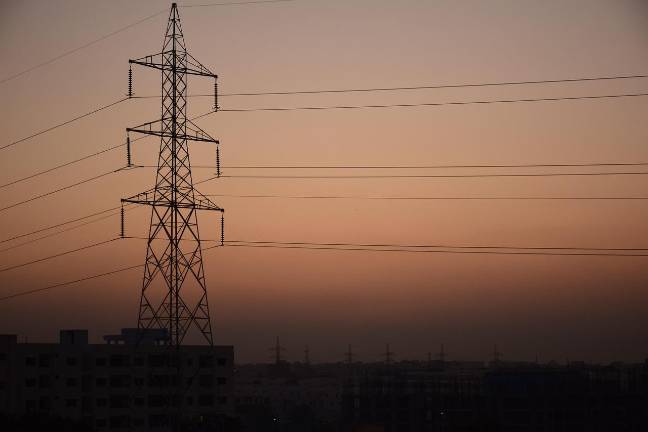Power grid challenged by record number of outages
Energy. A report finds that severe storms and vegetation problems were reasons for electric reliability issues in 2024.

In 2024, Pennsylvania experienced 71 “reportable outage events” – the highest number recorded in more than 30 years – disrupting electric service for residents and businesses across the state, according to the Pennsylvania Public Utility Commission’s (PUC) latest Electric Service Reliability Report.
The outage events in 2024 were up from the 49 events in 2023 and also saw a much higher total number of customers affected. More than 2.8 million Pennsylvanians lost service at some point during the year, compared to 1.67 million in 2023. According to the report, the number highlight challenges posed by severe storms, vegetation-related damage, and the impacts of an aging power grid.
The PUC report highlights that most of Pennsylvania’s 11 electric distribution companies (EDCs) struggled to meet established reliability benchmarks in 2024. Only three EDCs - PECO, UGI and Wellsboro - achieved the Commission’s standard performance metrics across all categories for both the year-end and rolling three-year averages.
According to a press release, while the deployment of advanced grid technologies continues to help utilities reduce the number of customers impacted during outage events, those same technologies can sometimes lengthen the duration of repairs in the hardest-hit areas due to the complexity of the damage.
This trend – fewer customers experiencing outages during some events but longer outages for those affected – reinforces the need for sustained investments in utility infrastructure and vegetation management.
As in past years, severe weather and vegetation remain the leading causes of outages in the Commonwealth. In particular, storms that topple off-right-of-way (OROW) trees and bring down overhanging limbs from weakened canopy trees accounted for the majority of 2024’s disruptions. Storm activity acts upon the vulnerability of weakened trees in the overhanging canopy, and OROW trees.
The report also notes that utilities should explore new technologies and practices – such as advanced monitoring tools, improved conductor protection, and targeted undergrounding – to reduce risks while balancing the cost impacts on ratepayers.
To read the full report, log onto https://shorturl.at/hkSjg.